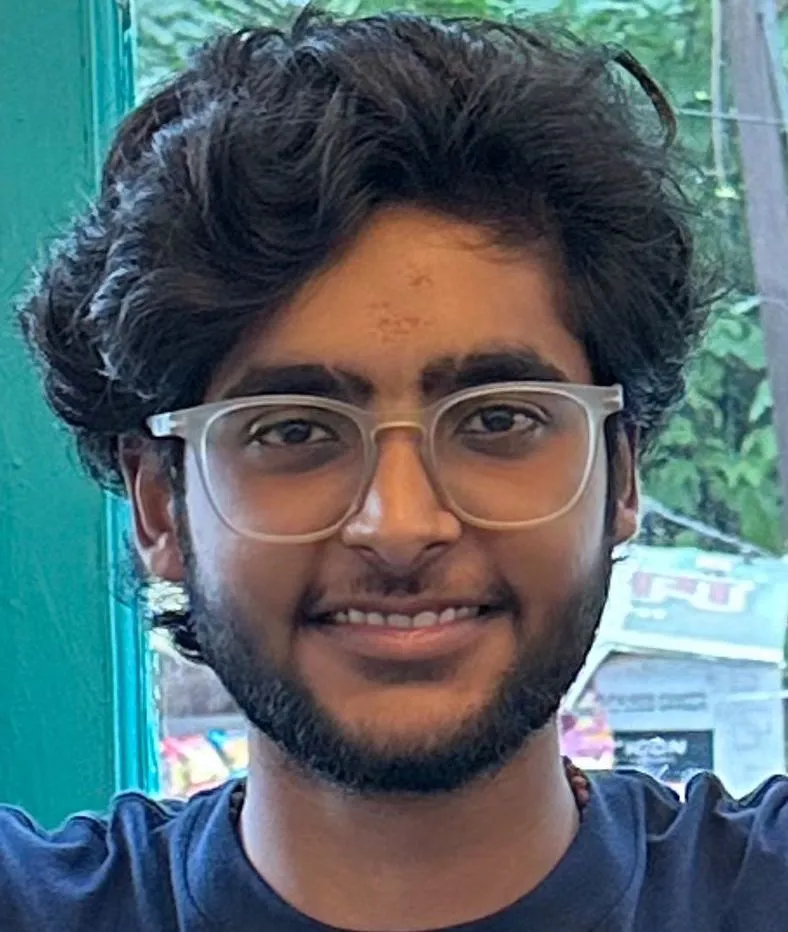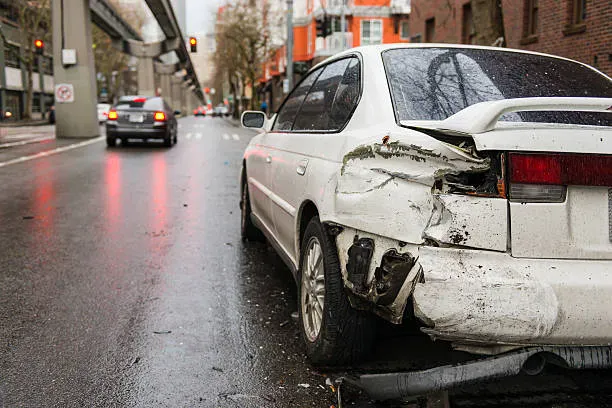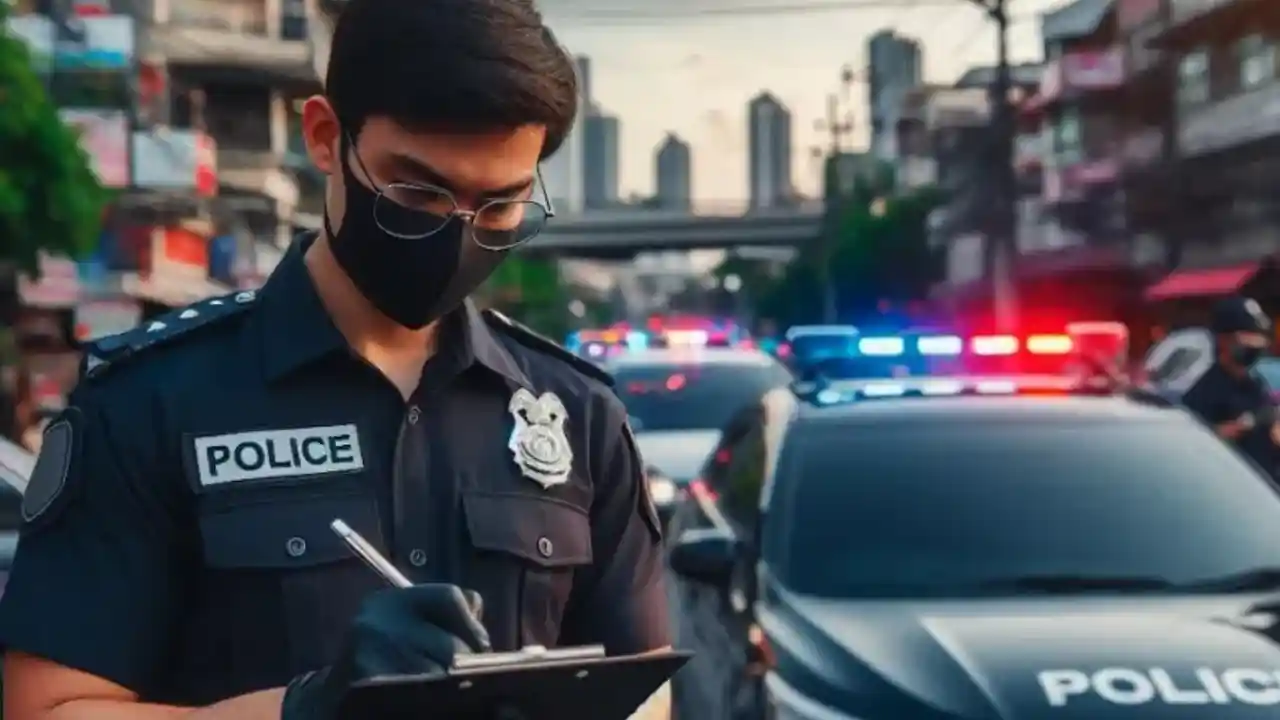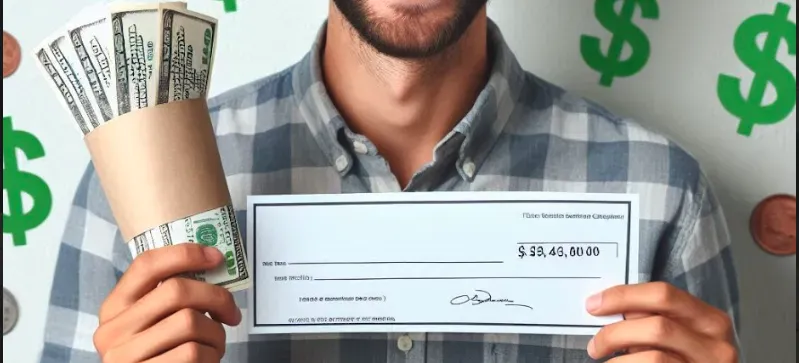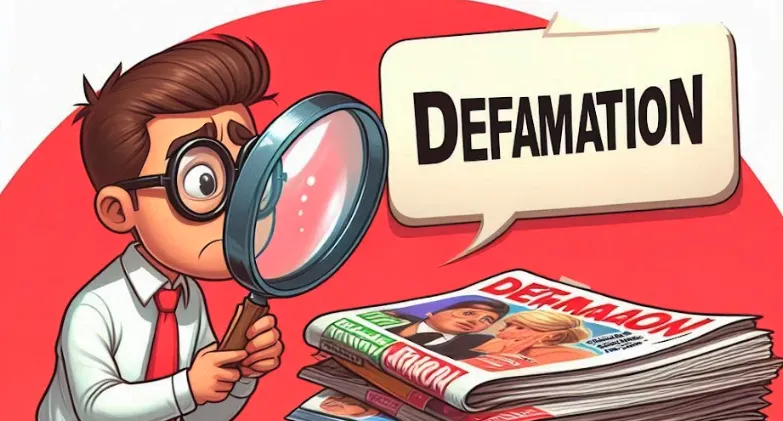Traffic Rules and Violations in India - A Simple Guide
Traffic rules are vital for safe, organized roads, especially in busy India. With so many cars on the road, everyone must know the traffic rules and their penalties. This includes drivers, passengers, and pedestrians. They should also know how to dispute penalties. Here’s a simple guide to help you understand the key aspects of traffic rules in India.
Common Traffic Rules
advertisement
1. Speed Limits
As per Section 112 of Motor Vehicles Act,1988, speed limits vary by road type. In urban areas, residential zones, and near schools, lower speed limits are enforced for safety. Highways allow for higher speeds, but exceeding these limits can lead to significant fines.
2. Seatbelt and Helmet Usage
Section 194B of Motor Vehicles Act, 1988 makes it mandatory for all vehicle occupants to wear seatbelts. Failure to do so can result in fines of up to ₹1,000.
Section 129 mandates that two-wheeler riders and passengers must wear helmets that meet safety standards. Not following this rule can lead to fines and even license suspension.
3. Obeying Traffic Signals
According to Section 177 of the Motor Vehicles Act, 1988, strict adherence to traffic signals is mandatory. Running a red light can result in fines of up to ₹5,000, and in severe cases, imprisonment under Section 184 for dangerous driving.
4. Drunk Driving
Section 185 of Motor Vehicles Act, 1988 sets the permissible blood alcohol concentration (BAC) limit at 0.03%. Violating this law can result in fines ranging from ₹2,000 to ₹10,000 and imprisonment for serious offenses.
advertisement
5. Mobile Phone Usage
As per Section 184 of Motor Vehicles Act, 1988, using a mobile phone while driving is prohibited unless using hands-free devices. Violations can lead to fines of up to ₹5,000 and possible imprisonment.
6. Parking Regulations
Section 122 of Motor Vehicles Act, 1988 states that vehicles must be parked in designated areas. Unauthorized parking can lead to fines or towing under Section 201.
Penalties for Traffic Violations
Traffic violations can result in various penalties, which may include:
- Fines
Fines are the most common penalty for traffic violations. They can vary a lot based on the offense. Some examples include:
Over-speeding:
- Light Motor Vehicles (LMVs): ₹1,000 to ₹2,000
- Medium and Heavy Vehicles (MPVs/HPVs): ₹2,000 to ₹4,000
- Driving without a seatbelt: A fine of ₹1,000.
- Driving without a helmet: A fine of ₹1,000 for both the rider and the pillion passenger.
Drunk Driving:
- First offense: ₹10,000 and/or up to 6 months in prison.
- Repeat offense: ₹15,000 and/or up to 2 years in prison.
Driving without a valid license: A fine of ₹5,000.
advertisement
Driving without insurance:
- First offense: ₹2,000 and/or 3 months in prison.
- Repeat offense: ₹4,000 and/or 3 months in prison.
Jumping Red Lights:
- First offense: ₹1,000 to ₹5,000 and/or 6 months to 1 year in prison.
- Repeat offense: ₹10,000 and/or up to 2 years in prison.
These fines are part of the updated penalties in the Motor Vehicles (Amendment) Act, 2019. That law aims to improve road safety and compliance.
- License Points
Accumulating points on your driving license is another consequence of repeated traffic violations. Each violation has a point value. Too many points can lead to:
- License Suspension: A driver's license may be suspended for too many points.
- License Revocation: In severe or repeat cases, a driver may lose their license permanently.
- Court Appearance
Certain serious offenses may need the violator to appear in court. Examples include:
- Drunk Driving: Offenders may have to appear in court. They could face more penalties.
- Reckless Driving: This is dangerous driving that risks others. It may lead to court.
- Driving Without a License or Insurance: A court appearance may be required for repeated violations of these laws.
advertisement
- Vehicle Seizure
Traffic police have the authority to seize vehicles in cases of severe violations. This can occur in situations such as:
- Driving Without a Valid License: If caught, the police may tow the vehicle (when a car is moved by a truck because it's parked illegally or broken down).
- Driving without Insurance: A driver must show valid insurance. If not, their vehicle may be seized.
- Repeated Offenses: To deter future violations, repeat offenders may have their vehicles seized.
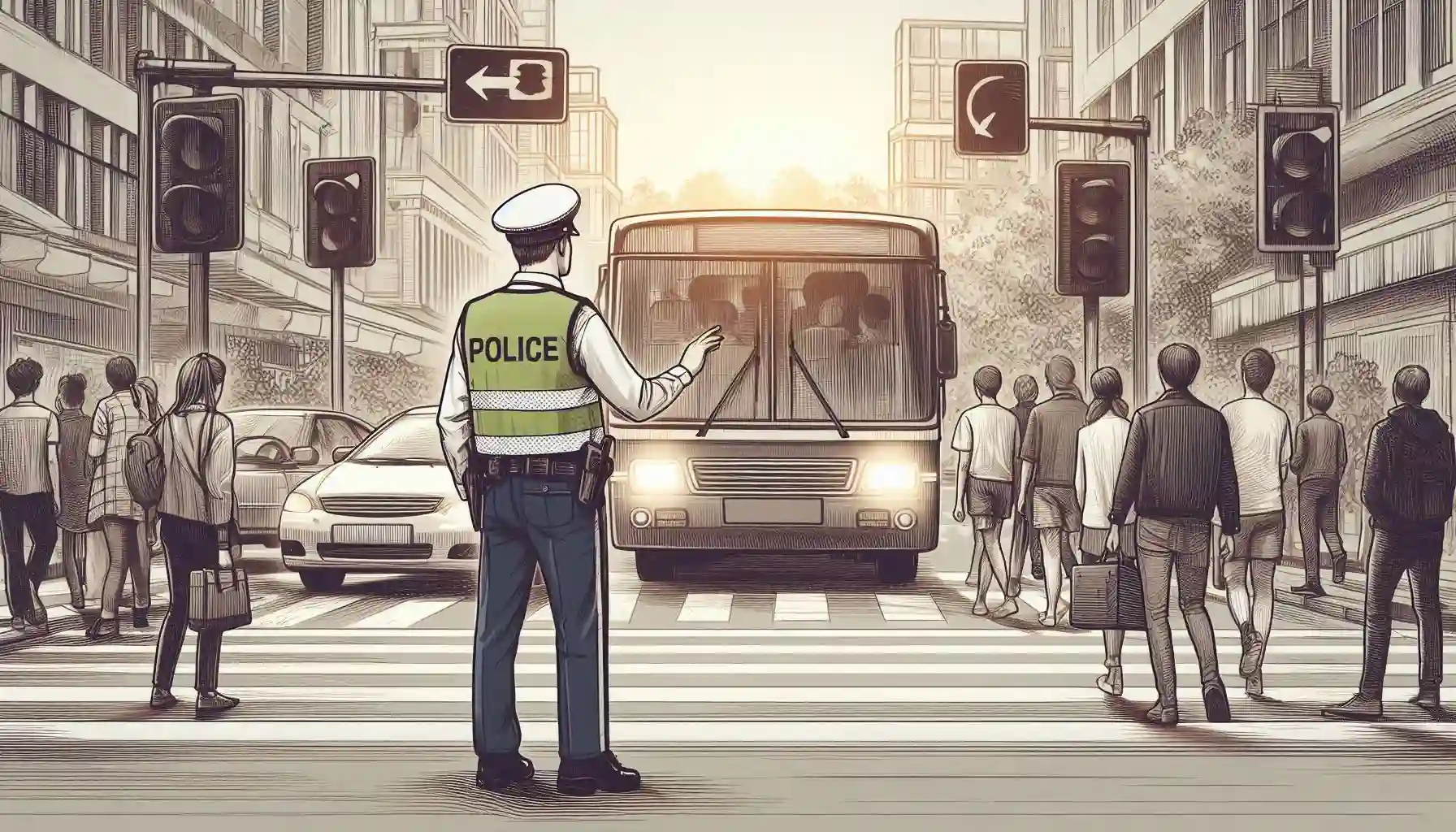
advertisement
Role of Traffic Police
Traffic police are important for keeping our roads safe. Here's what they do:
- Directing Traffic: They help manage car flow, especially at busy times.
- Enforcing Laws: They give out fines for people who break traffic rules.
- Accident Response: They help at accident scenes. They guide traffic, aid the injured, and find the cause.
- Using Technology: They use speed cameras and CCTV to monitor traffic and catch rule-breakers.
Tips for Safe Driving
To stay safe on the road, remember these tips:
- Stay focused: Don't let distractions, like your phone, distract you from driving.
- Follow road signs: Obey speed limits and signs like no entry or pedestrian crossings.
- Preserve a Safe Buffer Zone: Leave sufficient clearance to halt abruptly.
- Use Turn Signals: Always signal when changing lanes or turning. It lets other drivers know your plans.
Maintain a cautious attitude while operating a vehicle. Stay alert for other drivers' mistakes to avoid accidents.
advertisement
Frequently Asked Questions
Q. What steps should I take if my vehicle has minor issues or defects?
Before driving, it’s essential to ensure your vehicle is in good working condition. Fix minor issues, like worn tires or broken lights, to avoid fines or accidents. Regular maintenance checks and timely repairs are crucial for safe driving. If you find a defect while driving, like a flat tire or engine trouble, pull over safely and seek help. Ignoring vehicle defects can lead to penalties. It can also endanger your safety and that of others.
Q. How should I respond to a traffic police checkpoint, and what can I expect?
When you near a traffic police checkpoint, slow down. Follow the officers' instructions. They may ask for your driving license, vehicle registration, and insurance. Be prepared for a brief inspection of your vehicle if required. Checkpoint officers enforce traffic laws and ensure road safety. They check for violations. Cooperate with their requests and remain calm. If you have all the documents and follow the rules, it should be a quick, smooth process.
Q. Are there rules for driving at night? What precautions should I take?
Driving at night requires extra caution due to reduced visibility. Always use your headlights. They will light the road and signal other drivers. Precisely position your headlights and scrub off dirt and grime. Drive at a reduced speed to allow for unexpected obstacles or conditions. Avoid using high beams when there is oncoming traffic, as it can blind other drivers. If you’re feeling tired or drowsy, it’s best to pull over safely and rest before continuing your journey.
References
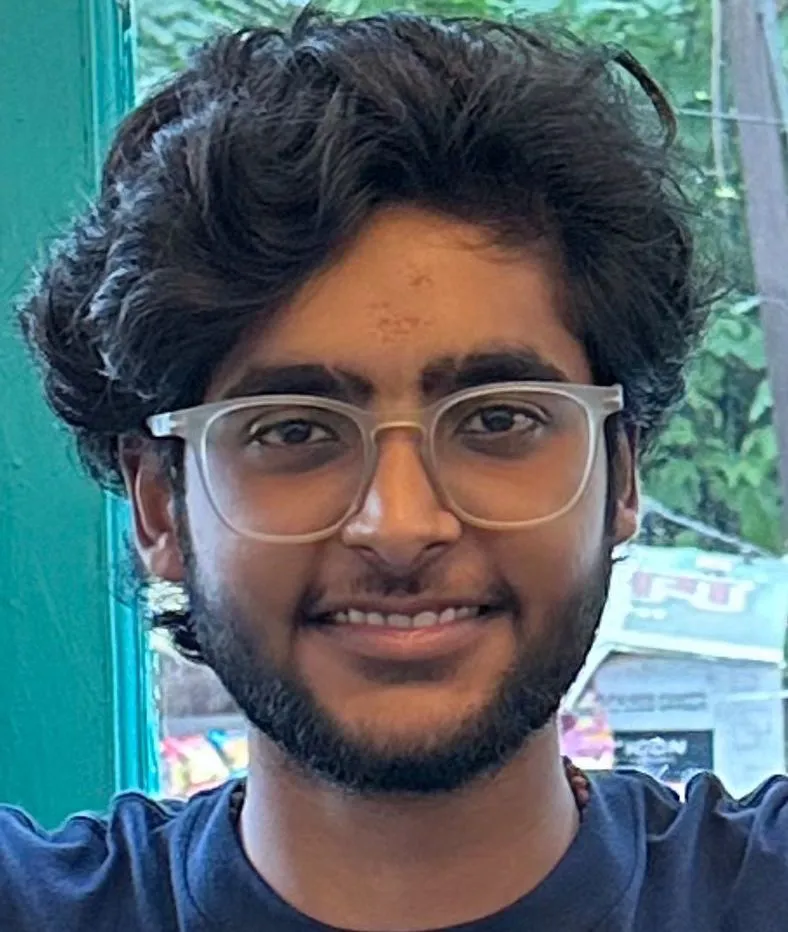
Written by Saksham Arora
As a third-year law student, my passion for justice and advocacy has led me to pursue a career in law. I am currently studying at Amity Law School, Noida and have been developing my legal research, writing, and analytical skills. I am committed to using my legal education to make a positive impact in society and am excited about the opportunities that lie ahead.
advertisement
Further Reading
advertisement
